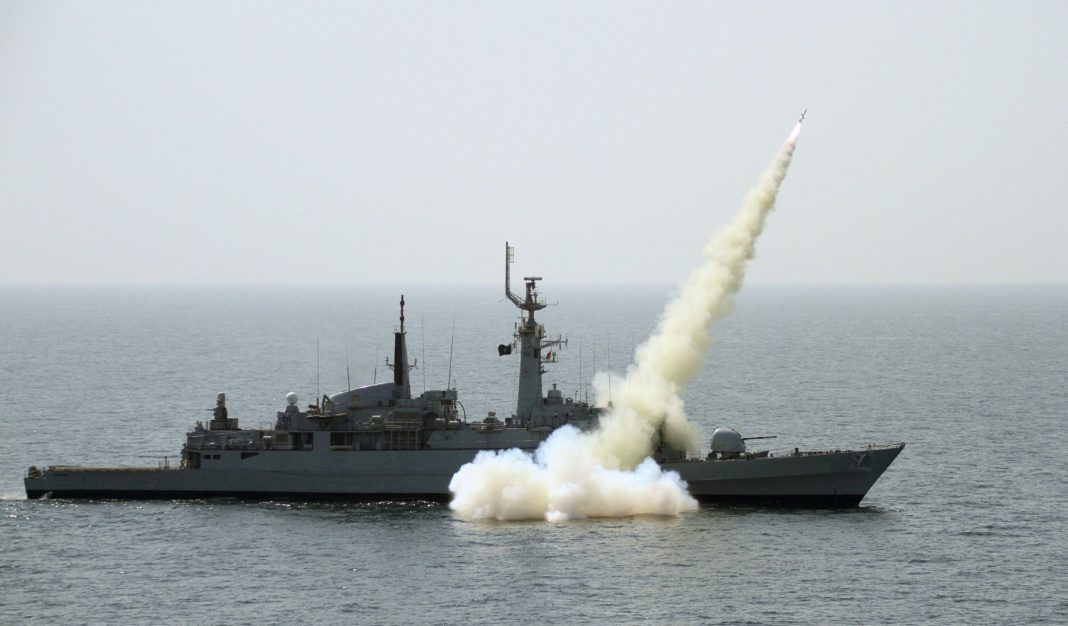In the world of modern naval warfare, having the ability to see and react in real-time is not optional—it is a core requirement. However, the Pakistan Navy is facing a serious problem. Many of its main surveillance tools—radar, sonar, and infrared sensors—are not working properly.
Sensor Blindness: Alarming Breakdown of Surveillance Systems
This failure is causing what many experts are now calling a case of “sensor blindness.”
This condition is not just a technical glitch. It affects how well the navy can defend the country’s coastline, which stretches more than 1,000 kilometers along the Arabian Sea. Without working surveillance systems, the navy cannot track enemy ships, submarines, or aircraft. It also cannot protect its waters from threats like piracy, smuggling, or territorial intrusions. The failure to detect threats in time puts the safety of the navy and the country’s maritime interests at serious risk.
The term “sensor blindness” means the navy is not able to clearly see or understand what is happening around its ships and bases at sea. This is a big problem in a region like the Indian Ocean, where countries are constantly increasing their naval presence and technology. Without modern surveillance tools, Pakistan’s Navy is falling behind.
Surveillance Threat: China’s Deadly Radar Tracks Every Indian Missile from 5,000 km Away
How Radar, Sonar, and Infrared Sensors Work—and Where They Fail
Navies use different types of sensors to keep their ships and coasts safe. Radar systems detect surface ships and aircraft. They are essential for spotting threats before they come too close. However, radar systems on many Pakistan Navy vessels are old. Some have calibration issues, meaning they do not give accurate readings. Others have outdated software, making them too slow to react during fast-moving sea operations. These limitations have directly contributed to the growing problem of sensor blindness, leaving ships unable to detect threats in real time.
Sonar systems are used to find enemy submarines and underwater mines. These systems are especially important during submarine warfare. Unfortunately, sonar systems on Pakistan’s submarines—especially the older Agosta-90B class—are not performing well. They struggle with poor sound processing, can’t filter out background noise properly, and have short detection ranges. These problems make sensor blindness even more severe in underwater operations, where every second counts and missing a target can mean mission failure.
Palantir’s Powerful Push: $30M Deal Deepens Immigrant Surveillance
Infrared sensors, which help in night-time and foggy conditions, are another critical tool. They let ships “see” heat signatures from other vessels or moving objects. But many of these systems on Pakistan Navy ships are either obsolete or don’t work with modern targeting tools. That makes it hard to carry out missions at night or during low visibility, further weakening the Navy’s ability to operate effectively at sea. This widespread failure across multiple sensor platforms highlights the seriousness of sensor blindness in the Pakistan Navy’s surveillance and combat capabilities.
Strategic Weakness Amplified by Sensor Blindness
The ongoing problems with Pakistan Navy’s sensors are not limited to technical issues alone. They are also causing bigger operational and strategic concerns. First, many ships have to return to dock more frequently because their sensors break down often. This results in fewer ships available for patrol duties, reducing overall presence in critical sea zones.
Second, getting spare parts is becoming harder. Many of the sensor systems are foreign-made and old. Some are from countries with which Pakistan now has limited trade relations, while others are simply out of production. This leads to delays in repairs, keeping ships out of action for longer periods.
Third, compared to other regional navies, Pakistan is clearly falling behind. The Indian Navy, for example, is rapidly modernizing. It has deployed advanced radar systems, better sonar arrays, and improved command-and-control technologies. This gives India a big advantage in knowing what is happening in the sea around both countries.
Submarine Surveillance Showdown: Greenland’s Critical Position in U.S.–Russia Arctic Rivalry
Even Pakistan’s close ties with China are not solving the issue. While Chinese ships often visit Pakistan’s Gwadar Port, Pakistan’s own navy lacks the equipment to operate at the same level. Because of poor sensors and older systems, Pakistan cannot carry out joint missions effectively. It ends up playing a smaller role in international maritime activities.
The main reasons behind this crisis are lack of budget and dependence on outdated technology. Over the years, the Pakistan Navy has received much less money than the Army or Air Force. This has left very little room to invest in new equipment or fix what’s broken. There’s also been little progress in building local technology. Most of the Navy’s systems are foreign-made, and newer replacements are hard to get due to financial and political limits.

